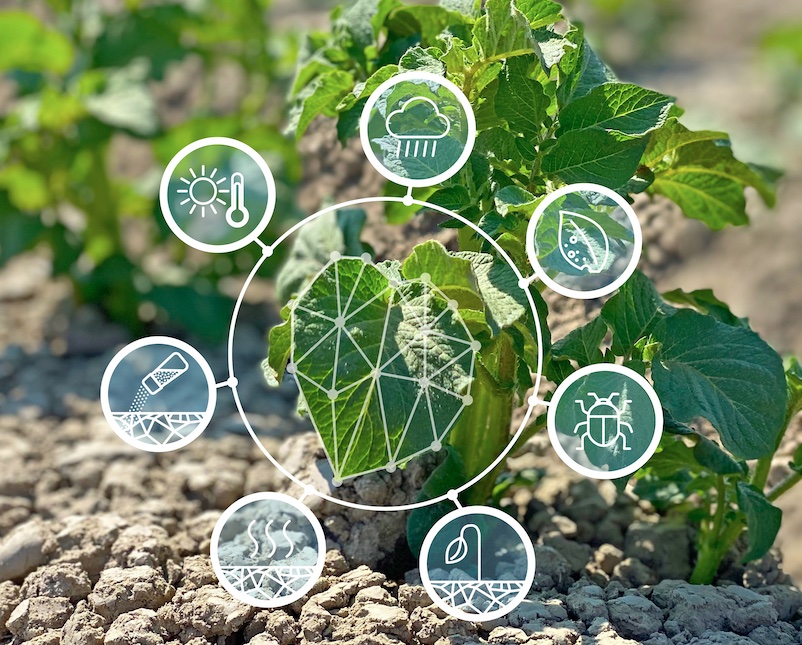
Throughout history, plant breeding has successfully brought crop varieties to ever higher standards in terms of both yield and quality. Due to that focus however, in many varieties high yields and quality can only be achieved if plants are supported and protected by control measures against a wide array of biotic and abiotic stresses.
Most farmers today rely on, for example, chemical fertilizers to manage the supply of nutrients, on pesticides to manage a range of pests and pathogens, and on irrigation and drainage to keep droughts and flooding in check. Without these types of intensive risk management by farmers, most crops are much more vulnerable to stresses than their relatives in the wild.
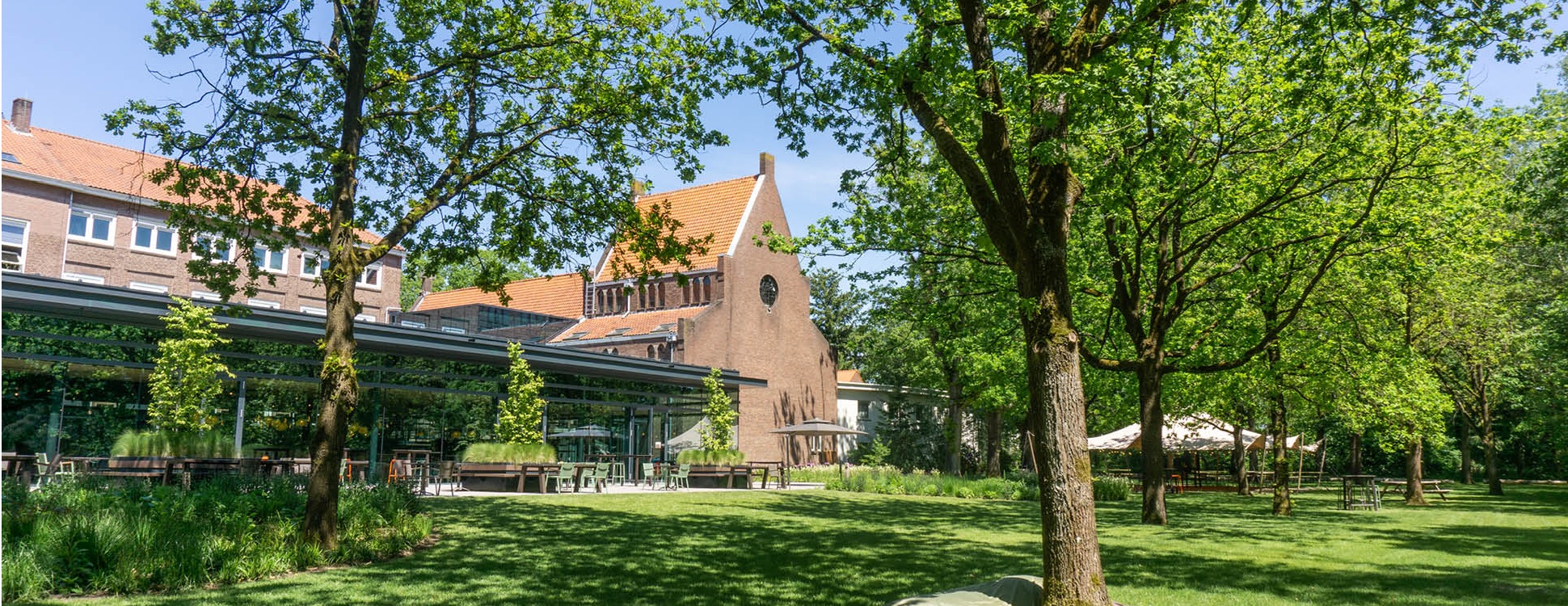 Lorem ipsum dolor sit amet, consectetur adipiscing elit, sed do eiusmod tempor incididunt ut labore et dolore magna aliqua.
Lorem ipsum dolor sit amet, consectetur adipiscing elit, sed do eiusmod tempor incididunt ut labore et dolore magna aliqua.
Ut enim ad minim veniam, quis nostrud exercitation ullamco laboris nisi ut aliquip ex ea commodo consequat. Duis aute irure dolor in reprehenderit in voluptate velit esse cillum dolore eu fugiat nulla pariatur. Excepteur sint occaecat cupidatat non proident, sunt in culpa qui officia deserunt mollit anim id est laborum. Read more
Many agricultural interventions form a threat to natural environments however, for example in terms of water and soil quality. Even with these interventions, the UN’s Food and Agriculture Organization (FAO) estimates that on average 20% of crops worldwide are being lost to environmental stresses.
In coming decades, three trends converge that will put the agricultural system under even greater stress: changing climates will confront crops with greater stresses, environmental policies will reduce the use of chemical protections, while a growing world population needs further growth in yields.

Risk management versus resilience
In a ‘risk management’ model, crops (green) can only achieve their maximized yields if agricultural interventions are put in place to prevent crops from failing under the influence of environmental stresses (blue arrows).
In a ‘resilience model’, intrinsic whole-system traits and reduced trade-offs enable crops to bounce back on their own from such stresses even when agricultural interventions are lacking.
(Adapted from Erisman et al.)
Extra Resilient: XR
The three trends stipulate an urgent need for more resilient crops that have the capability to perform under greater stresses and relying less on outside protection. Combined with improved farming practices, they should be able to deliver yields reliably even when confronted with more intense and/or more frequent combinations of stresses such as heat waves, droughts, flooding, pests and disease.
Plant resilience is the outcome of interplay between many biological mechanisms. It involves many genes, many biochemical interactions, and many trade-offs between all of them. It is a prime example of highly complex, polygenic traits, which are still relatively poorly understood and cannot be reliably predicted or managed. Current methodologies have very limited options to efficiently deploy them in breeding.
Before we can breed a new generation of more robust, resilient crops, we need a new generation of smarter technologies and breeding tools, which are capable of improving complex plant characteristics. That is where CropXR comes in.
Real-world examples
Developing more resilient varieties would make a huge difference in the cultivation of many crops, whether they are food crops or ornamentals. In CropXR, research will be carried out on a number of important crops.
-

Brassicas
Brassicas are members of the Brassicaceae or mustard family. Vegetables in this family include cabbage, kohlrabi, kale,…
-
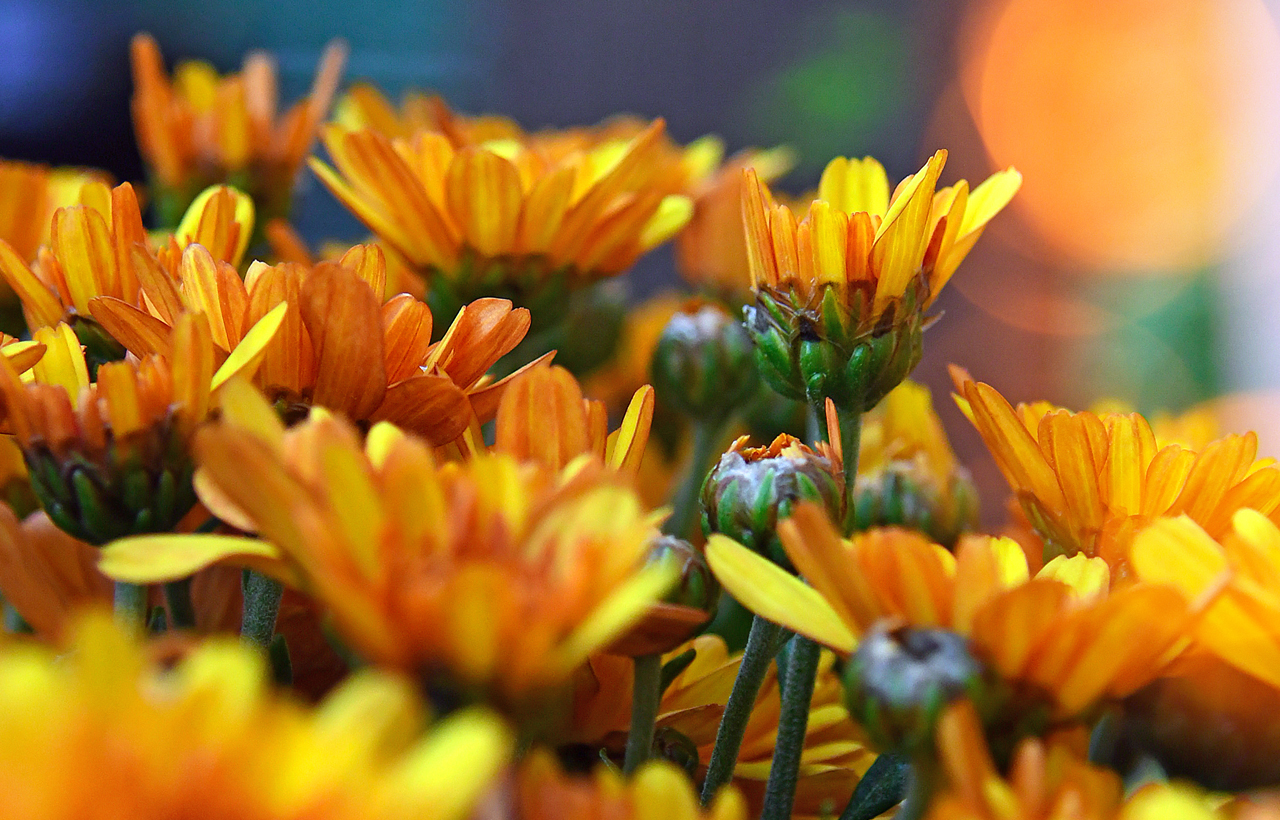
Chrysanthemum
Chrysanthemum is the most important ornamental plant in the Netherlands. It’s also the second most traded ornamental…
-
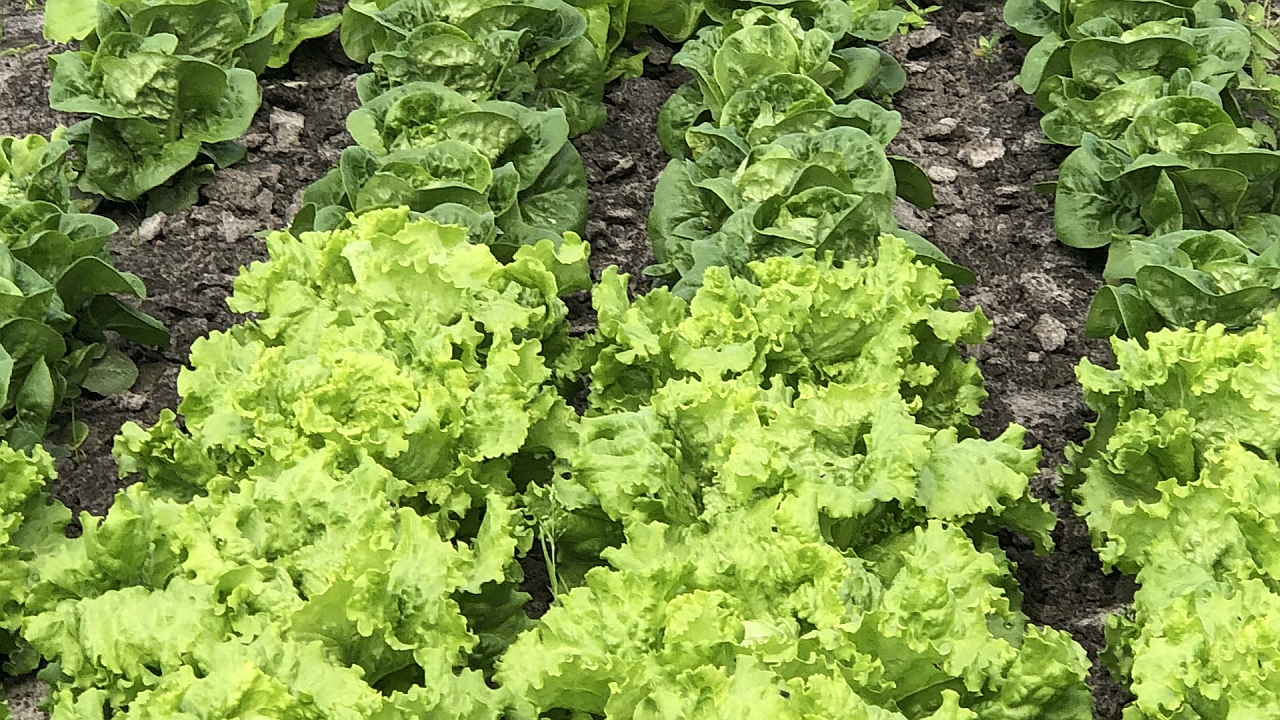
Lettuce
The vegetable crop lettuce is ideal for the Western diet: low in carbohydrates, full of vitamins, minerals,…
-

Onion
With an annual production of 85 million tons in total, onions are one among the most cultivated…
-

Potato
Potato is a rich source of vitamins, calories, minerals, and phyto-nutrients such as carotenoids. Its nutritional value…
-
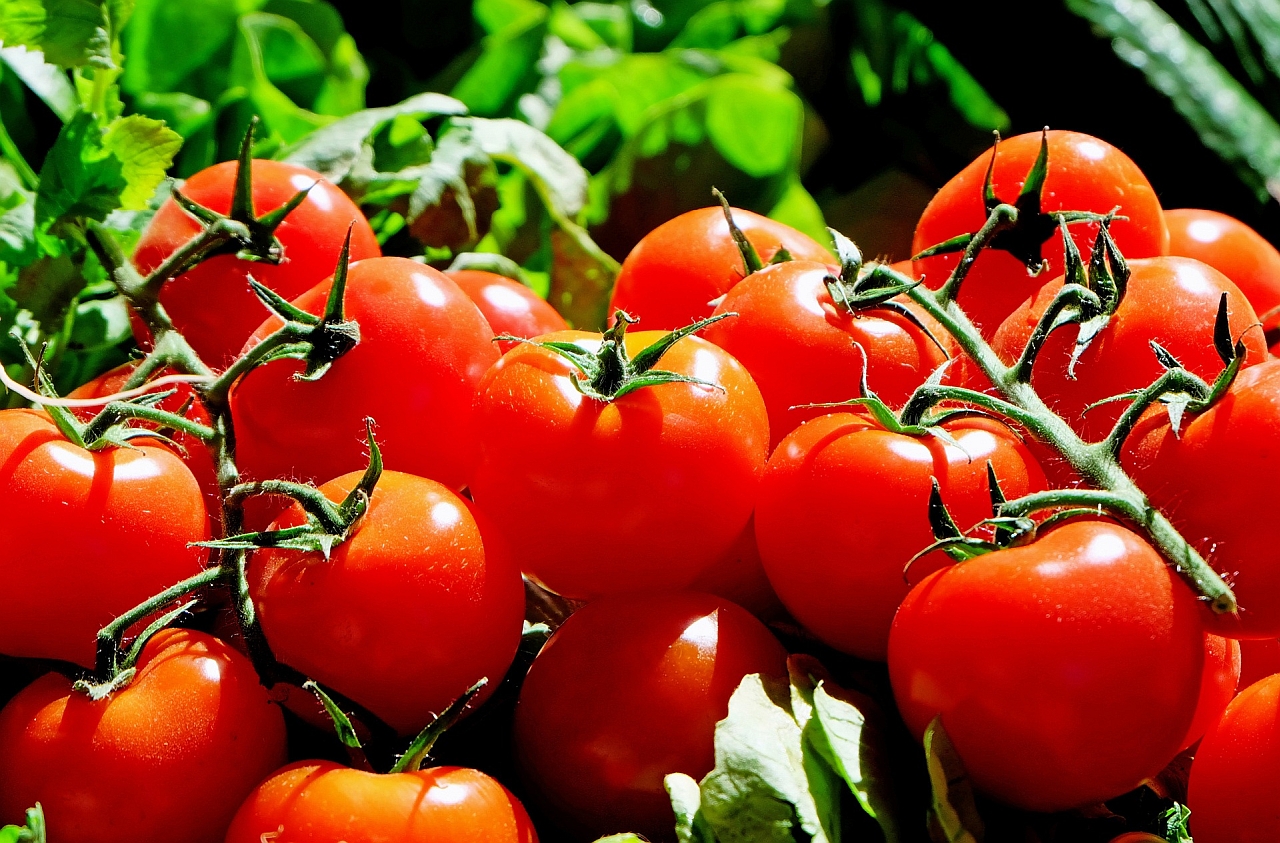
Tomato
Tomato tops the ranking of most cultivated vegetables worldwide. Close to 5 million hectares of tomatoes are…

